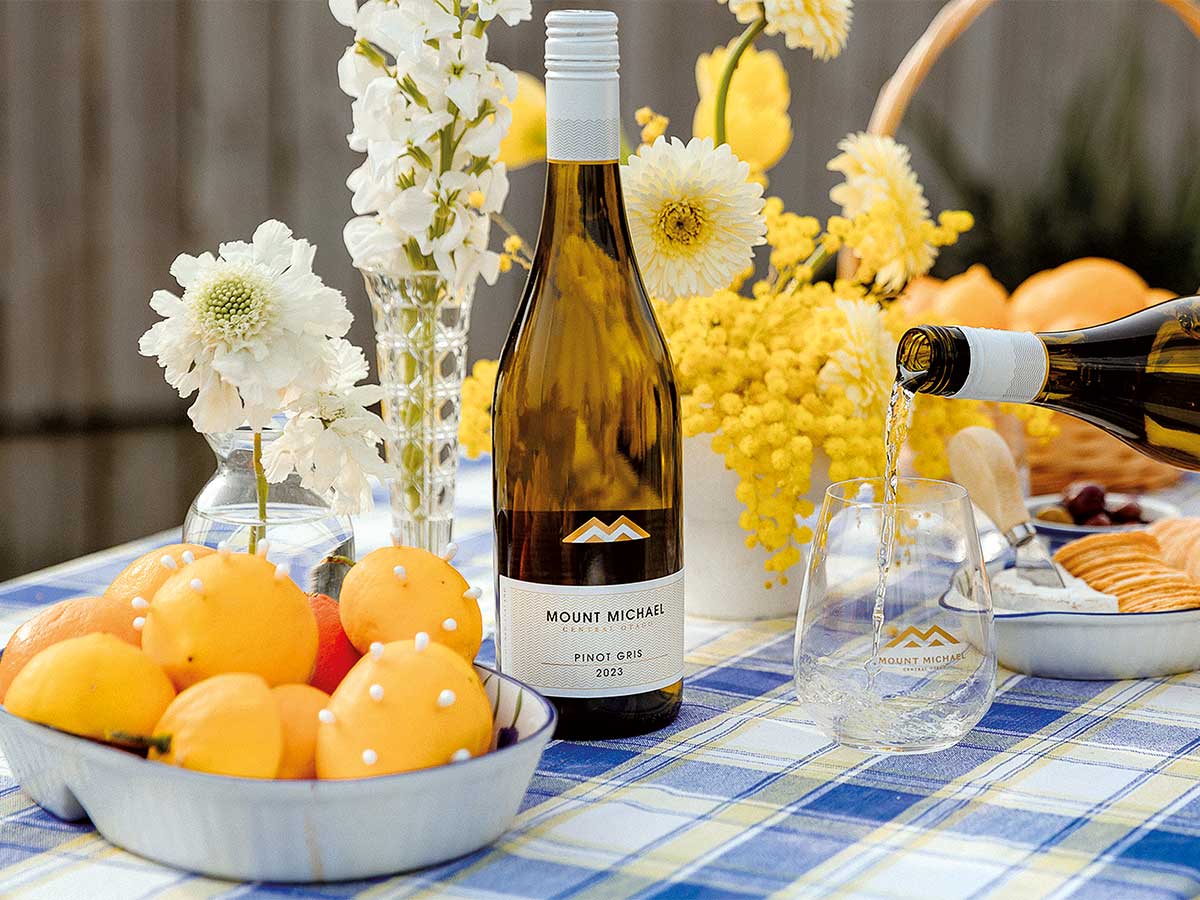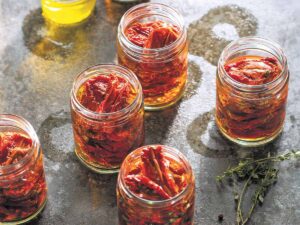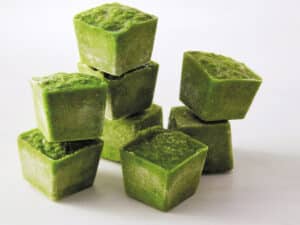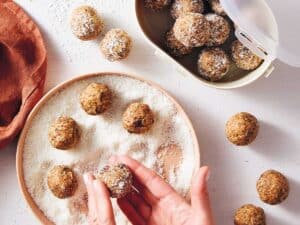While savouring a particularly delicious wine goes hand in hand with balmy summer days, there’s plenty to learn and enjoy about the art of wine and choosing the variety most suited to your own personal tastes.
In the heart of the South Island, nestled amidst breathtaking landscapes, Mount Michael Wines boasts a proud legacy around tradition and the indomitable spirit of the Southern Alps.
Producing award-winning wines since 1994, Mount Michael embarked on a new journey in 2015, as the Robbie family led by father and daughter, Peter and Anna, infused fresh vigour into its legacy with their profound love for the land and a deep-rooted commitment to excellence.
Expressive of the land are the varietals Pinot Noir, Pinot Gris, Pinot Noir Rosé and Chardonnay, to be enjoyed by everyone. Among these, the Bessie’s Block Pinot Noir stands as a beacon of Mount Michael’s mastery, captivating palates and swiftly becoming a cherished tradition.
Guiding this journey of excellence is head winemaker, Pip Clarke, a seasoned artisan with a global perspective. Hailing from Southland, Pip’s odyssey in winemaking has previously taken her internationally and back, with her return to New Zealand and place with Mount Michael Wines in 2020. Her first vintage saw the Mount Michael Wines Pinot Gris 2020 receive the Champion Trophy Pinot Gris at the New Zealand International Wine Show, followed by a Bronze for the Mount Michael The Mountaineer Rosé 2023.
The land
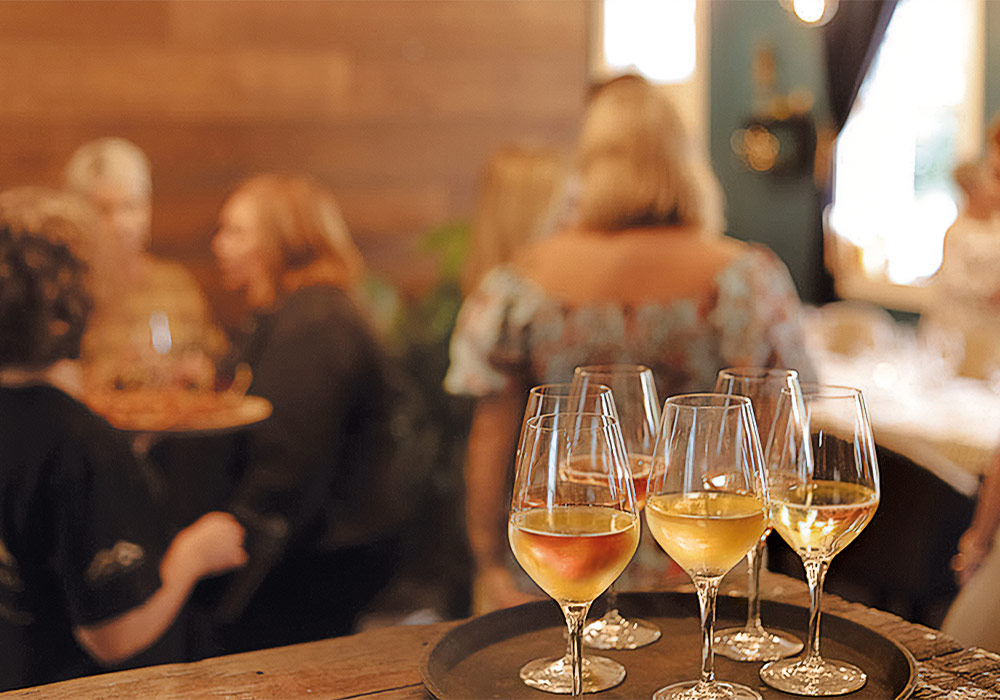
The soils of Central Otago provide incredible fertility, nurturing vines that produce wines of exceptional character. Dominated by schist and gravel, the region offers a unique taste of red cherry notes, and stone fruits, pears, and apples. The slightly acidic nature of the soil lends vibrancy and balance to the grapes, ensuring wines of remarkable complexity and finesse. In every sip, the soul of Central Otago’s soil is savoured – an ode to nature’s craftsmanship.
Certified sustainable wine
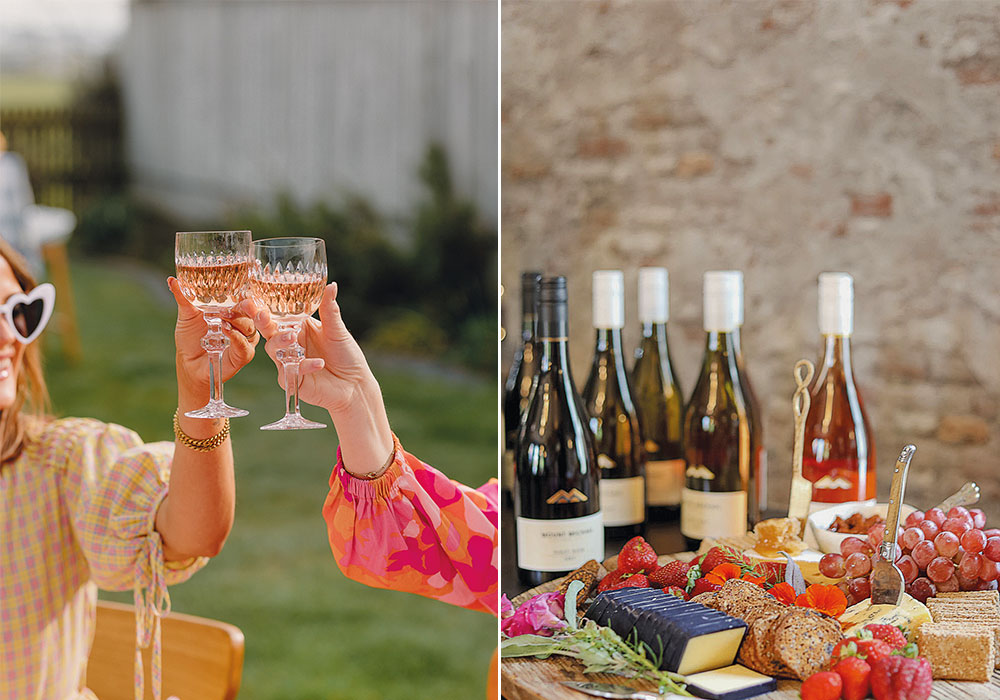
The Mountaineer Vineyard with a backdrop of the majestic Clutha River is certified sustainable by Sustainable Wine Growing New Zealand. Committed to environmental stewardship, the vineyard’s dedication to sustainability is evident in every aspect of its operations, from climate-conscious practices to eco-friendly initiatives. This covers documented standards for climate change mitigation, water conservation, waste reduction, and soil and plant protection.
In this vineyard, the vines thrive in shallow, sandy loam soils, enduring the region’s extremes of scorching summers and harsh winters. The result is quality fruit, meticulously blended into The Mountaineer range. Winemaker Pip Clake shares some insights around wine aimed at all tastes and preferences.
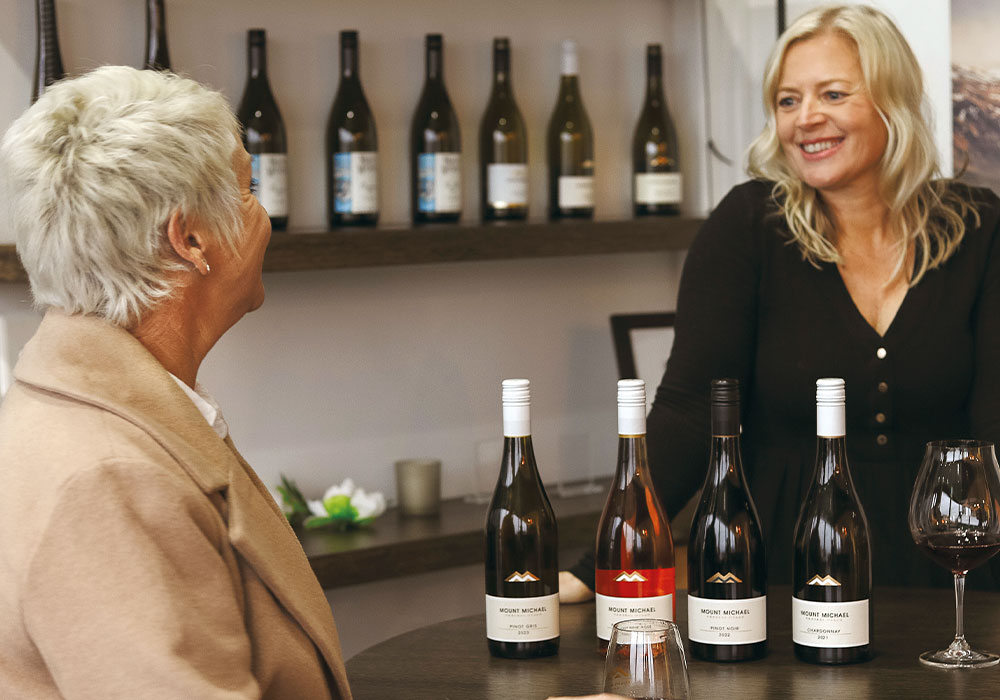
Q. What cost should we be looking at when buying a bottle of wine and how does it affect the wine quality? Can cheaper wines be better than expensive wines if we pick correctly?
A. Sometimes a cheaper wine can offer better value for money than a more expensive one. Most of the time, the more expensive varietals can command their price. There are also hidden gems out there, made similarly or even better. When you have found a reviewer whose tastes align with yours, they can help with finding a cheaper wine more matched to your preferences – as sometimes we are not buying right. It is tough to find a bottle of Central Otago Pinot Noir for under $25. If your price range is anywhere below that mark, Australian Gamay is an excellent alternative that is similar in style to Pinot Noir, but lighter and less complex.
Q. Can you provide us with a checklist we should be mentally going through or saving on our phone when picking wine?
A. Buying local is always a great starting point, as is considering both the season and the occasion. Take into account the wine’s region, producer, and vintage, and check ratings and reviews for quality. If you’re buying wine as a gift and know the recipient loves a particular drop, selecting their favourite bottle is sure to put a smile on their face and if it’s for yourself – buy what you love!
Q. Once you have perfected picking the wine, how do you drink the wine like a pro without looking silly and why should you do those things?
A. As a winemaker, there is a reason for all the showy swirling. Swirling the wine in the glass introduces air into it, helping to release the aromatics and flavours. Most wines benefit from a little bit of air, to help open them up. Give it a try, but perhaps practise with water if you’re feeling a bit nervous about it. Sniffing is not necessarily required, but aroma does play a huge part in taste, and it can be fun to see what you can smell in the wine before drinking. Another crucial factor is the temperature of the wine varietal. Personal taste does play a part here. Do not drink the wines too cold as it dulls the flavour and enhances tannins and acid, which could make the wine feel thinner and dryer than it is. Somewhere around 6-8 degrees for most whites, and 14-16 degrees for Chardonnay and most reds is a good starting point.

